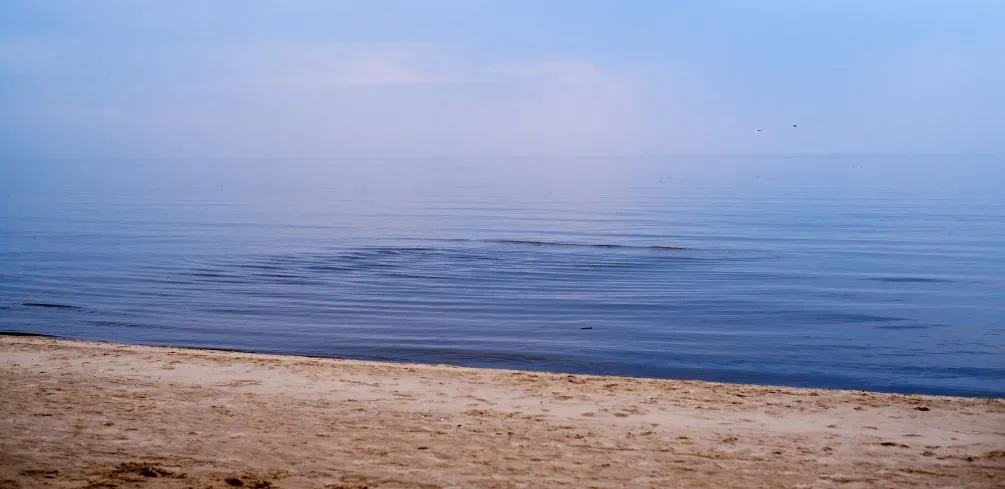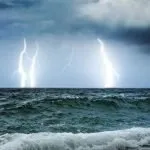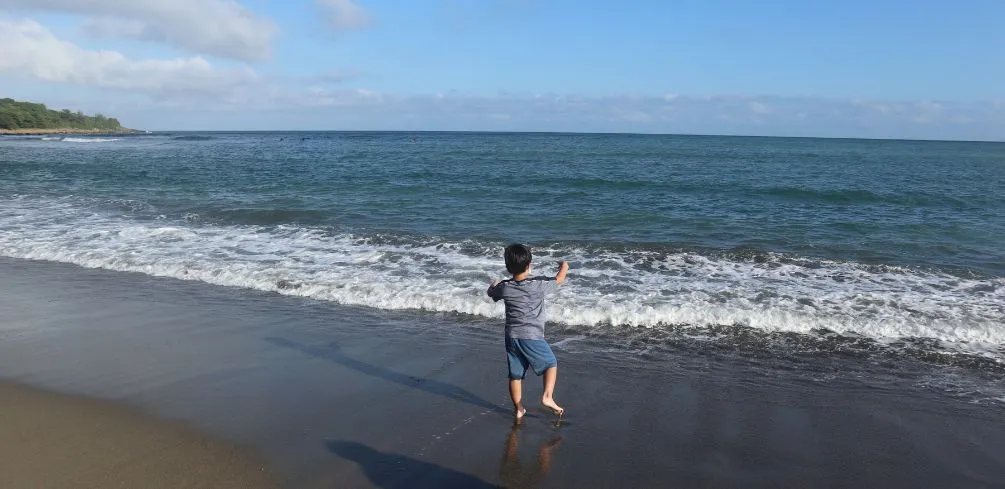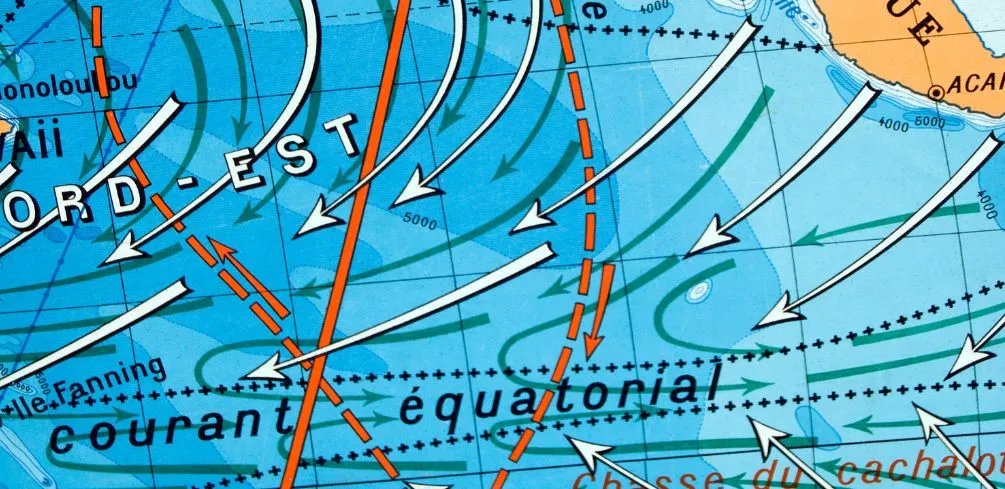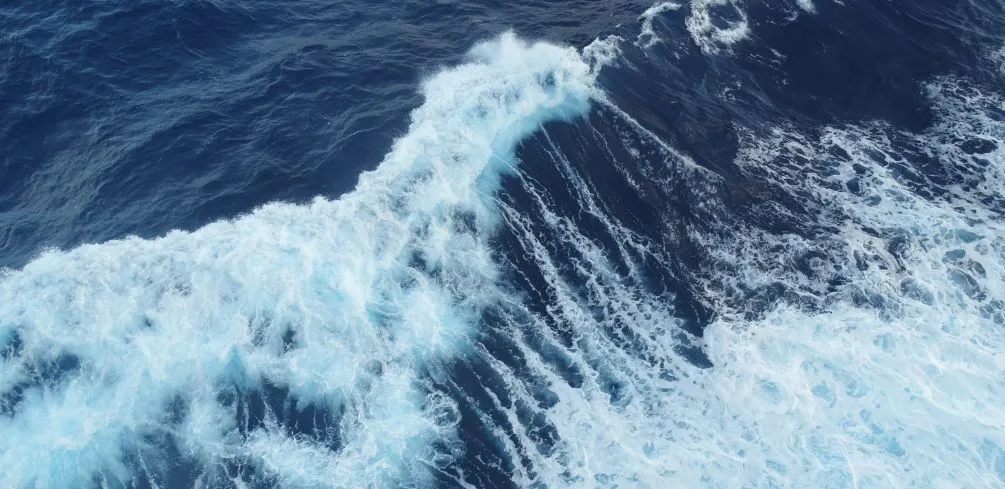Are you planning to go sailing? Being in the open waters is a thrill that many adventurers may want to experience.
Being all out surrounded by the blue waters of the Sea. Fun as this may sound, sometimes it may turn tragic.
Therefore, you need to prepare adequately by researching the Sea that you want to sail. It will help you understand the conditions of that Sea and take the necessary precautions.
Tides are a common occurrence in various seas and oceans. Depending on how ferocious they are, they can overwhelm your yacht, boat, or ship, and they can even capsize it. That is how serious tides are.
But not all seas experience tides. Some seas like the Mediterranean, Caspian, Baltic, Caribbean and the Black Sea are relatively calm. You can go sail and have all the fun on these seas.
This article will go through these seas in detail to help you understand why they do not have tides.
What is a Tide?
A tide is the periodic rise and fall of the sea levels resulting from the impacts of gravitational forces exerted by the sun and the moon and the Earth’s rotation. We can divide tides into low and high tides based on their strength.
They are both caused by the moon’s gravitational pull that generates a tidal force.
The force causes the Earth’s surface (and the waters) to bulge on the side closer to the moon and on the farthest side from the moon. The bulges of water constitute a high tide.
Because of the rotation of the Earth, the region you are in passes through the bulges daily. When a person is within one of these bulges, they experience a high tide.
When you are not within these bulges, you experience a low tide. A cycle of two low tides and two high tides happens most of the days on the coastlines along continents in the world.
Having understood what a tide is and its causes, what are the seas that do not experience tides? As we have seen, high tides result from the waters bulging at the nearest and the furthest points of the Earth from the moon.
However, some places do not experience tides, as shown below.
Which Seas Do Not Have Tides
Mediterranean Sea
The first Sea that does not have tides or only experiences insignificant low tides is the Mediterranean Sea. It is an intercontinental sea between Western Asia, North Africa, and Europe.
The Sea connects to the Atlantic through the Strait of Gibraltar.
For this reason, some people claim that the Mediterranean Sea is a part of the Atlantic Ocean, almost enclosed by land fully. However, the Mediterranean Sea experiences tides, but they are low tides compared to other large water bodies like oceans.
Some argue the low tides in the Mediterranean Sea are few because the Sea has a narrow inlet/outlet with the Atlantic Ocean.
These low tides have very low amplitudes that average to just a few centimeters compared to the tides in the Atlantic Ocean that have an amplitude of over one meter. The tides are pretty complex in their details.
If the moon and the Earth were perfect spheres, the tides would have the same amplitudes everywhere. However, the continents, islands, and oceans on the Earth vary in depth.
All these impacts the amplitude of a tide.
The bulges resulting from the moon’s gravitational force are small deformations on the surface of the Sea, just a few meters from low to high tide, over millions of kilometers apart along the equator. The Mediterranean Sea is still a small water body, regardless of the direction that you look at it.
These bulges need a lot of water coming from low latitude areas with medium and low tides and high latitude areas. The average size of the Mediterranean Sea meridian-wise is small to cause high tides.
Caspian Sea
Among inland water bodies, the Caspian Sea is the largest. It lies west of Central Asia’s vast steppe and east of the Caucasus mountains.
It is bordered by Russia, Azerbaijan, Turkmenistan, Kazakhstan, and Iran. After a lengthy legal tussle, the countries bordering the Sea came up with a formula to divide it. Therefore, it opened to tourism.
The Sea comprises three almost equal basins; south, middle, and northern Caspian basins. These basins differ in volume of water, mean, and maximum depths.
These are some factors that can also affect the size of a tide.
The Caspian Sea does not experience high tides. Many pieces of research were published explaining why the Sea only experiences low tides.
The only tides experienced in the northern Caspian Basin are weak radiational ones. There are no gravitational tides.
A group of researchers set out to study the Caspian Sea’s character of tidal oscillations. They used the hourly data collected from twelve tidal gauge stations.
They established that, at maximum, the tidal range was at 21cm at Aladga station found in the southeastern Caspian Sea. The tidal range to the west of the south Caspian basin was found to vary between 5-10 cm.
From the research, we can understand why many people believe that the Sea has no tides. Although they are there, they are small to affect marine activities, like fishing or sailing.
Baltic Sea
The next Sea that does not have tides is the Baltic sea. It is found in northern Europe and surrounded by nine countries. The countries include Denmark, Russia, Germany, Latvia, Poland, Lithuania, Sweden, Estonia, and Finland.
The size of a tide depends on the size and the topography of the water basin.
The Baltic sea is itself relatively small to have significant tides. The Sea is almost enclosed fully, with a narrow opening to the North Sea.
Therefore, the tides from North Atlantic cannot influence it. The total tidal effects in the Baltic Sea are just a few centimeters.
The total tide in the Baltic sea comprises waves from Kattegat through to the Southern Baltic.
The absence of tides in the Baltic sea makes it scenic and safe for marine leisure activities like boating, fishing, and nature photography. It has also made it possible to have cultural heritage sites and marine natural parks in the Baltic sea.
Therefore, if you are a sailor, you can embark on your adventurous journey to the Baltic without worrying about your safety because of tides.
Black Sea
The other Sea with no tides is the Black Sea. The Sea is in the extreme southeastern part of Europe. Ukraine, Georgia, Turkey, Russia, Romania, and Bulgaria border the Black Sea.
Among the Seas we have seen so far, the Black Sea is the only landlocked. Because it is not connected to any large water body, the Sea has no tides.
The runoff from seventeen rivers replenishes waters in the black Sea. The river runoffs account for about 300 cubic kilometers per year. Such periodic jumps are insignificant.
As we said, for tides to be significant, there should be enough water. The other thing affecting the occurrence of a tide is the size of the water body.
With the Black Sea, the area is small for tides to occur. Because of Bosphorous’ small size, the strait of Gibraltar and the Dardanelles do not allow ocean tidal waves to pass.
However, flows and ebbs exist in the Black Sea, although they are not perceptible and occur independently of oceans. Tidal fluctuations range between 3-10 centimeters.
The absence of High or low tides leaves the water levels in the black Sea relatively the same throughout the year. The lack of water fluctuation makes the Black Sea quiet with a calm sea surface.
The clear and quiet waters make swimming and other marine activities in the Black Sea possible. Other activities like yachting are also possible.
Caribbean Sea
The last Sea without or near zero tides is the Caribbean Sea. It just sits there.
The Caribbean Sea does not fall or rise despite the low and high tides that circle it along the coastlines of the Atlantic.
The absence of tides in the Caribbean Sea results from the water having a little place to go, and it is funneled from a massive ocean into a narrow section of the surface of the Earth. If lots of water enters a small area, you will witness a radical change in the tide’s height.
Many people move to the Caribbean Sea for adventure. The absence of tides makes it a suitable place for leisure and fishing.
Conclusion
We call places that experience little to no tide amphidromic. There are several seas, as we have seen above, that are amphidromic.
The absence of tides allows marine activities like water surfing, yachting, fishing, and other forms of adventure to be carried out in these water bodies.
Researching the nature of a sea regarding the tides is a vital step in ensuring your safety when carrying out these activities. The absence of tides also ensures that marine life is not affected.
Thus, seafood is plenty in an amphidromic sea.
Now that you know some places with no tides, ever wonder how bad 3-5 foot seas are?
